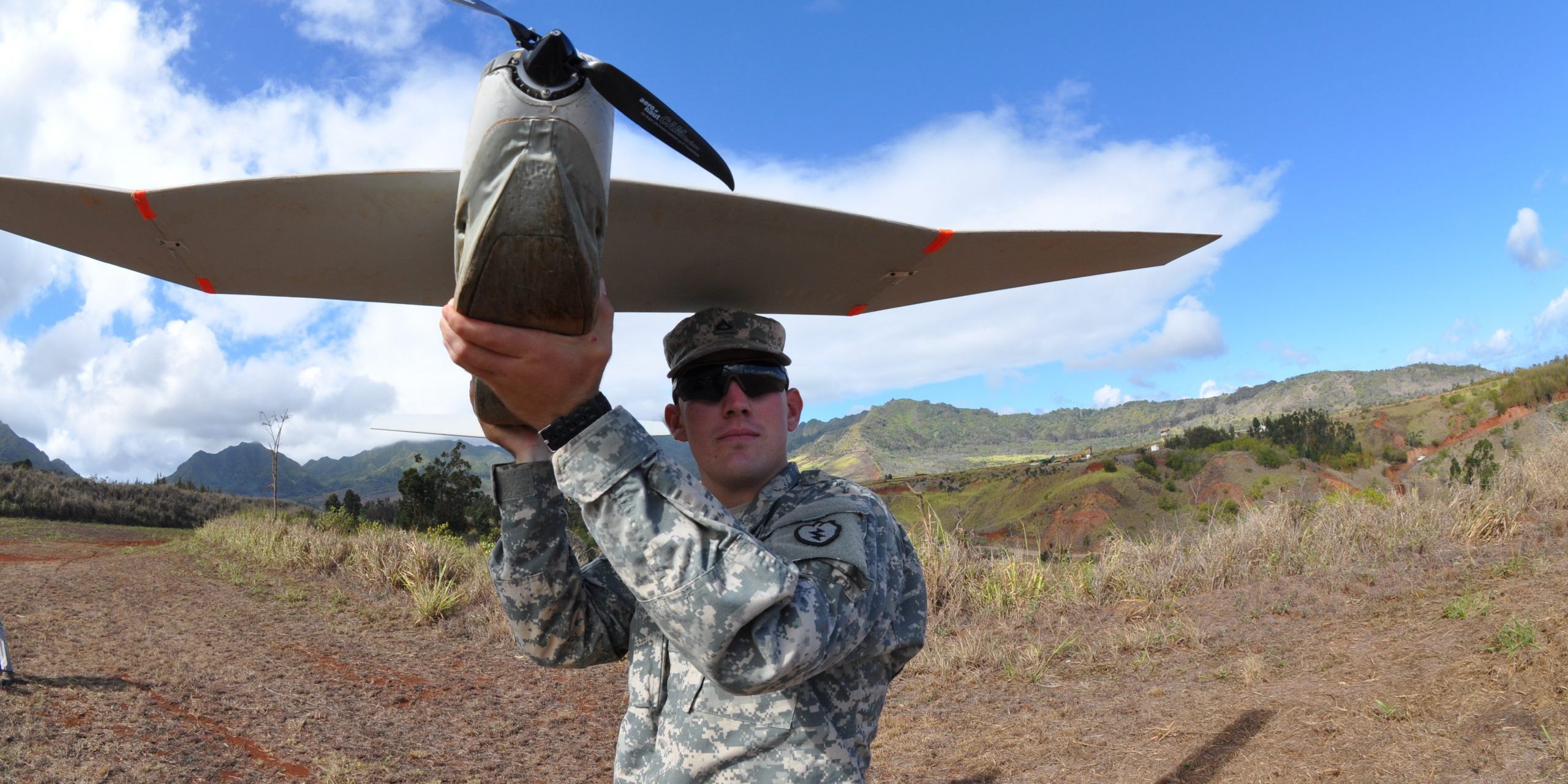ABERDEEN PROVING GROUND, Md. — It’s no secret the U.S. Army wants its small unmanned aerial systems to operate quietly in densely-populated regions, but tests to achieve this can be expensive, time-consuming, and labor-intensive, according to researchers.
Miranda Costenoble, a graduate student researcher with the U.S. Army Combat Capabilities Development Command, now known as DEVCOM, Army Research Laboratory, presented work at the Vertical Flight Society’s 76th Annual Forum demonstrating how aviation experts can obtain information about airfoil boundary layers using computational fluid dynamics, or CFD, to enable the development of quieter air vehicles.
“Smaller vehicles, like package delivery drones, for example, don’t typically fly as high as larger ones because they need to be able to land in virtually anyone’s front yard,” she said. “They also need to be quieter.”
“Imagine a whole fleet of these delivery drones as loud; people aren’t going to want them in their neighborhoods,” Costenoble said. “So even though a small drone would produce less noise than a full-size rotorcraft in the first place just by virtue of being smaller and slower, there are more stringent requirements in terms of what’s expected from it.”
Researchers imagine any number of applications where the Army might like to deploy a small, stable, terrain-independent platform.
“Surveillance particularly gets talked about a lot as an sUAS application; however, if the adversary is aware that they’re being surveilled, they might shoot the sUAS down or hide from it,” she said. “If the sUAS sounds like 1,000 angry bees, then the adversary is going to notice it that much sooner and more easily.”


